Here is a transistor-based simulation of the manually-commutated switched-capacitor SMPS circuit discussed at the bottom of this question, that helps me to think and verify the performance of this circuit. Nonetheless, the linked simulation above does not inspire confidence in me because different transistor combinations result in wildly-ranging efficiencies (from 60% to 87%). That is what this question is about -- What is the correct way to simulate this manually commutated switching mode power supply?
The fall time is critical for the efficiency, and a spark gap (I believe) should have a much shorter fall-time than the best bipolar transistor. That's one aspect of what I think should be better.
Why am I trying to optimize this circuit? I like having deep understanding of things, partly because I am a teacher, and partly because I am an innovator, and both of those benefit from deep knowledge.
EDIT: Above is a better introduction to this question, and below is most of the original content of the question. The question did not ask the question the right way, so it did not get a good response, hence the edit.
Here is the schematic for a teaching transistorless and transformerless Joule Thief that I built, but it had a short-circuiting design flaw -- holding the manual switch closed unnecessarily drained V1: (this schematic is not runnable, but was manually executed)
Figure 1 -- First manual transistorless, transformerless Joule Thief, but short-circuiting
Here is the improved design that improves efficiency and prevents the indefinite short-circuiting of the power source, and is a switched-capacitor design. This design has an efficiency of about 80 % so far in simulation (see the link to a bipolar circuit used for simulation).
Here is the improved manually-commutated switched-capacitor circuit represented in LTSpice (this schematic is not runnable, but was manually executed):
Figure 2 -- Transistorless and transformerless manual switching capacitor Joule Thief design
How do I improve simulation of this unconventional Joule Thief?


